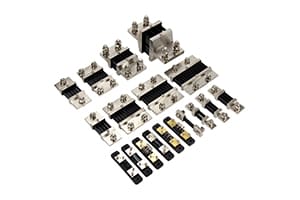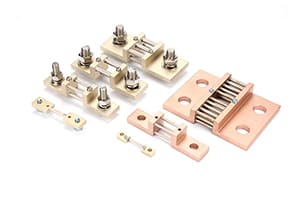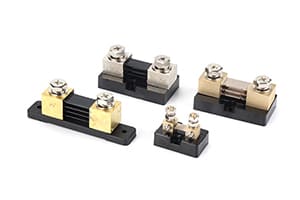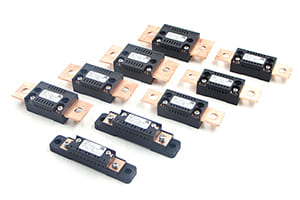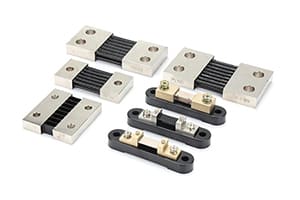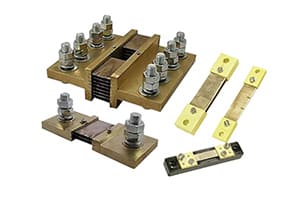
After 30 years in current measurement, I've seen countless system failures due to poor measurement choices. Without precise current monitoring, even the most sophisticated systems can fail catastrophically.
DC shunts are fundamental for current measurement because they provide highly accurate, stable, and reliable current monitoring. Their simple yet effective design enables precision measurements with accuracies up to ±0.1% across wide current ranges.
Through my extensive experience working with industries from automotive to renewable energy, I've witnessed the critical role of precise current measurement. Modern applications demand ever-increasing accuracy and reliability. Let me share why DC shunts have become the gold standard for current measurement and how they continue to evolve with technology.
How Do DC Shunts Achieve Precise Measurements?
Every day, I work with engineers struggling to achieve accurate current measurements. The challenge of precise measurement becomes even more critical as current levels increase.
DC shunts achieve precise measurements through their specialized design and materials. They use calibrated resistance elements to convert current flow into easily measurable voltage drops, maintaining accuracy even at high currents.

The precision of DC shunts comes from careful material selection and manufacturing processes. Through years of development, we've perfected the use of specialized alloys that maintain stable resistance across varying conditions. Our latest designs incorporate advanced temperature compensation and precise calibration techniques.
We've implemented rigorous quality control processes that ensure each shunt meets exact specifications. The manufacturing process includes multiple testing stages and advanced calibration procedures. These steps guarantee that every shunt delivers the precision required for critical applications.
What Makes DC Shunts Reliable for Current Monitoring?
In my decades of experience, reliability has always been the top concern for current monitoring applications. System downtime due to measurement failures can be extremely costly.
DC shunts provide reliable current monitoring through their robust construction and stable performance characteristics. Their simple, passive design eliminates complex electronic components that could fail.

The reliability of DC shunts stems from their fundamental design principles. We use materials and construction techniques that ensure long-term stability and durability. Our testing has shown that properly maintained shunts can operate reliably for decades.
Each shunt undergoes extensive environmental testing to verify performance under various conditions. We simulate extreme temperatures, humidity levels, and mechanical stress to ensure reliability. Our latest designs include enhanced protection features that further improve long-term stability.
Why Choose DC Shunts for Accurate Current Reading?
Throughout my career, I've helped countless clients select the right current measurement solution. The choice often comes down to accuracy and long-term stability requirements.
DC shunts are the preferred choice for accurate current reading because they offer superior stability, minimal drift, and exceptional repeatability. Their performance remains consistent over time, unlike many electronic alternatives.

The decision to use DC shunts for accurate current reading is supported by their proven track record. Our extensive testing and field experience demonstrate their superior performance in demanding applications. We've developed specific models optimized for different accuracy requirements and operating conditions.
Recent innovations in our shunt designs have further improved their accuracy capabilities. Advanced manufacturing techniques and material improvements enable even higher precision levels. These developments make DC shunts increasingly valuable for modern measurement applications.
Conclusion
DC shunts remain essential for current measurement due to their unmatched combination of accuracy, reliability, and stability. Through continuous innovation in materials and design, these devices continue to meet the evolving demands of modern applications. My experience has shown that proper selection and implementation of DC shunts is crucial for achieving optimal measurement results. As technology advances and measurement requirements become more stringent, the role of DC shunts in current measurement becomes increasingly important. Their fundamental advantages in accuracy and reliability make them an indispensable tool for precise current measurement.



